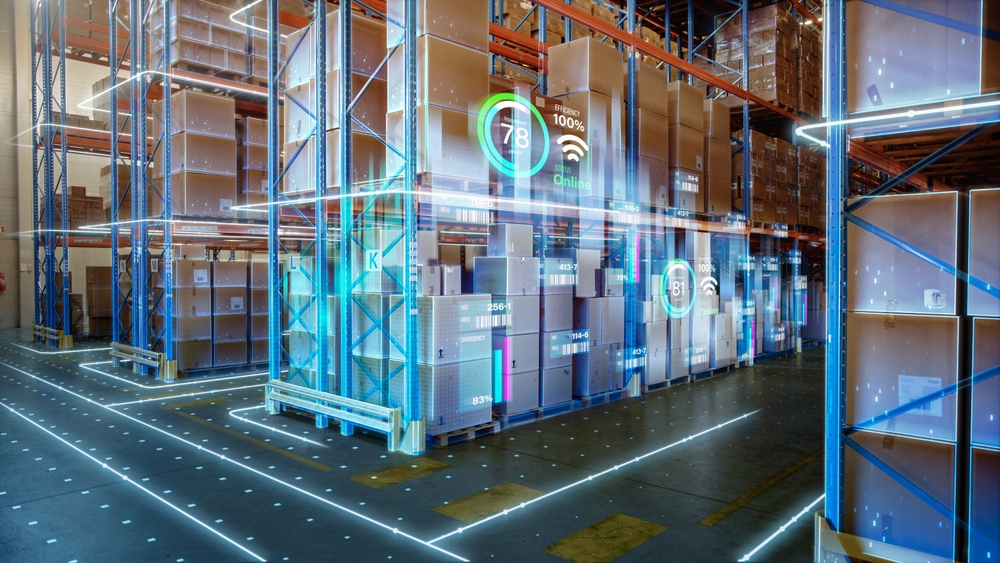Recent shifts in consumer behavior and disruptions to the supply chain and workforce have made warehouse management an increasingly difficult task. To alleviate some of the pressure, many manufacturers, retailers, and logistics companies are beginning to incorporate more supply chain technology systems into their warehouse processes. Along with resources such as robotics and other automated systems, product and image recognition technologies are increasingly prevalent in warehouses and fulfillment centers.
What is Image Recognition Technology?
Image recognition systems assist with visibility into real-time inventory tracking. These tools can improve omnichannel fulfillment by providing insight into a fulfillment center fulfillment’s inventory in every channel, as well as providing automated monitoring and alerts when products are low in stock. By implementing an image recognition system, companies can eliminate the risk of human error in inventory tracking and speed up their cycle counting, allowing for a more effective and timely customer experience.
An example of a product recognition system in a warehouse is the utilization of drone technology. The use of drones in image recognition can boost efficiency by taking on some key tasks:
- Completing cycle counts and inventory tasks — onboard cameras can see when shelves are empty, inventories are low, or products are misplaced.
- Scanning barcodes and RFID tags enable drones to determine specific quantities of products in stock.
- The ability to access high shelves enhances both efficiency and worker safety.
Image recognition is also used by drones and automated guided vehicles (AGVs) to assist them in maneuvering without human operator assistance.
Why Use Image Recognition?
While some are optimistic that port bottlenecks and other supply chain disruptions are easing, many companies are still feeling the impacts of recent events around the world. Investments in automated technologies are keeping the global supply chain efficient as demand continues to grow and the economy continues to evolve.
Companies that aim to optimize their supply chains may also consider partnering with a plastic pallet pooler to efficiently manage the shipping pallet fleet. The award-winning plastic pallets from iGPS incorporate smart features that make them traceable throughout the supply chain. These features allow companies to capture data at any point of distribution, ensuring better planning and efficiency, and helping to lower a company’s Total Cost of Business (TCOB). Additionally, iGPS plastic pallets generally last four times longer than wood-block pallets and are 100% recyclable. At the end of their useful lifespans, they are broken down and remolded into new pallets again.
Advances in machine learning and artificial intelligence technologies are allowing image recognition systems and other warehouse management solutions help optimize processes and ultimately enhance the customer experience. With consumer behavior shifting rapidly, manufacturers and retailers continue to push the envelope in embracing supply chain technologies that enable them to remain competitive in a changing and challenging environment.
Companies pursuing improved supply chain efficiency use iGPS plastic pallets for all their shipping needs. Our lightweight, recyclable plastic pallets incorporate RFID technology, making them traceable throughout a supply chain. For more information, contact us at 1-866-557-0047, email a specialist at switch@igps.net, or visit our contact page.



